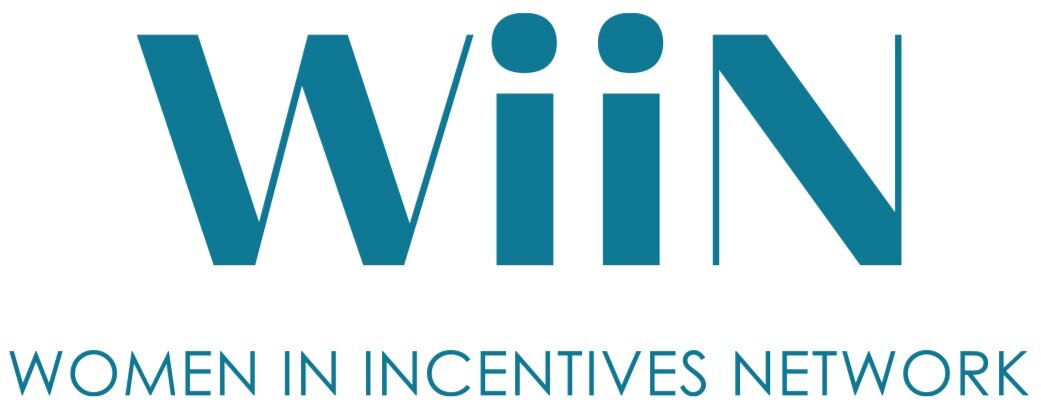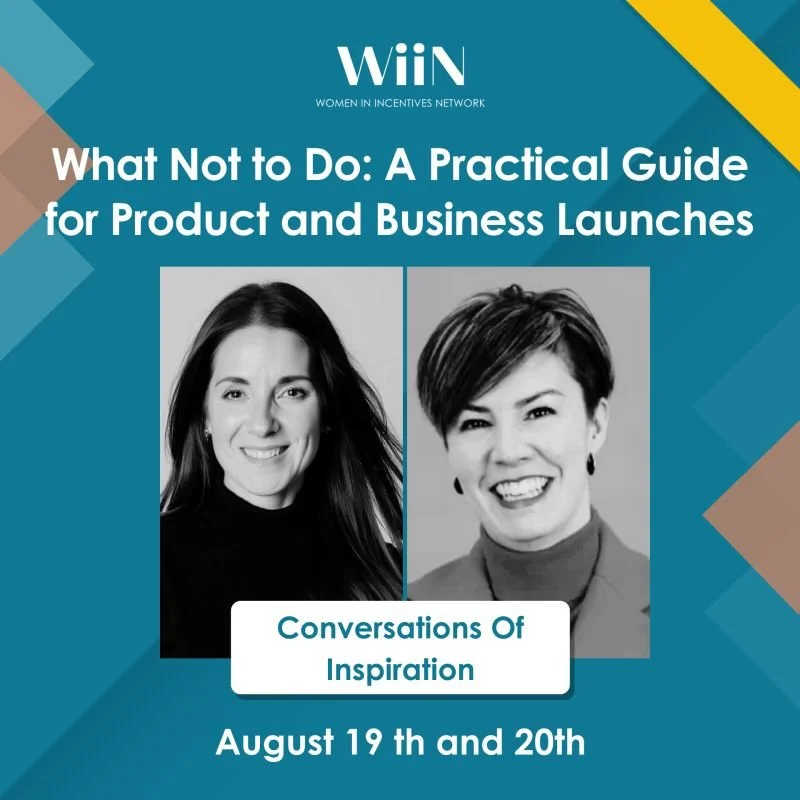Rewind recap: A practical guide for product and business launches
Members often tell us that when it comes to product launches, the pressure is relentless: to please every customer, squeeze every drop of value from marketing spend, sometimes working across dual markets all while internal voices demand quick wins.
It takes planning, patience, and persistence to make a launch land, so we invited two experts to share what works and what doesn’t.
Angi Milano, Founder of Maven Advisory, with 15 years in banking and fintech, now coaches leaders on sales, marketing, and go-to-market challenges.
Jill Robb, Fractional CEO at AttainX, set up her first agency in 2009 and has since steered businesses through mergers, acquisitions, and growth across sectors.
Across two sessions, they tackled the realities of launching products and services, from defining an ICP to managing marketing spend, securing internal buy-in, and avoiding burnout.
The common pitfalls to avoid
Trying to be everything to everyone
The first theme to emerge was the pressure to say yes to everything.
It can be all too easy to slip into scope creep. Perhaps a client will ask about a different element of the launch or service, and you have to set expectations early.
“Sometimes you can spread yourself too thin. You have to protect your boundaries…to say ‘I don’t do that’. These are difficult conversations, but it’s important to understand your own value. Don’t be afraid to say no.” – Jill
Angi built on this, noting that women often balance career, family, and business demands. Her advice was to get clarity on what needs to be done:
“Focus on what problems you need to solve that are urgent – the things you have to do, what is nice to do, and what people want you to do. Energy is limited, so narrowing the scope is essential.” -Angi
Not clearly defining ideal customers or product fit
Spreading yourself too thin often comes down to not knowing who you’re really targeting with your product or service, and that this wastes time and investment.
“I often see companies that have a really great product, but they don’t know who it’s for.” – Angi.
While selling broadly sounds appealing, it can be the wrong path and will also cost you more in marketing spend.
‘Everyone with skin’ can’t be an audience!
Jill reflected on her own early experiences working with the wrong clients, where it’s possible to take on too much, as well as her current experiences, where she is now quicker to recognise when a client is outside of her ICP.
Once you understand who you can really serve, the next step is to test whether the market truly wants what you’re offering.
Here, Jill was clear: “Test the market and speak to other founders in the space. Consider setting up calls with people you pitched to where you didn’t win the business. They will tell you what was wrong with your product or service.”
The group discussed other practical ways to validate – pilots, focus groups, and conversations - but whatever you do, approach it from a place of learning. A current or happy customer might tell you what you want to hear, but it won’t be what you need to know.
Not aligning sales and marketing…or marketing too soon.
It is very easy to lose money marketing to the wrong audience or not aligning teams internally.
“Lead and demand gen will fall flat if sales aren’t aligned, so consideration should be given to a clear plan for sales teams to capture leads.” Angi
Angi focused on the clear steps a business needs and the foundations to get sales. She gave an example that if 20 leads come in today, who picks them up, and what’s the next process? It’s key to have ethos in place, and she referenced multiple companies where this fell down. Marketing without sales is an incomplete process.
Jill echoed this with a caution against launching too soon especially if the foundations aren’t there, and especially if you’re being tempted by a marketing deal.
“It feels exciting to be out there, but stop. It can be easy to get focused on marketing metrics. Forget about page views and impressions, and reach if they don’t result in sales. The sanity metrics are what are going to drive the business.” - Jill
Instead, she encouraged using tools like analytics to track who’s visiting your site, what keywords they use, and how they behave—and then get those foundational steps right.
She also warned WiiN members to be cautious about ad hoc strategies.
“It can be easy to get tempted by marketing deals like $500 free in paid ads, but Google doesn’t know your ICP, and this goes fast in 15 days. You need to spend $1000 to use that $500. This results in a wasted budget. Be aware that ad networks want to make money. Instead, use Google Analytics and understand who’s visiting your site to define your ICP and build your content. Look at the keywords they use. “
“It’s about building insight before building campaigns.” - Angi
Poor positioning, pricing or messaging
Simplicity sells. More features don’t equal more value. Launching with a clear, core product sets you up to expand later based on actual demand. And when pricing that product, clarity matters just as much.
“A great sales and marketing strategy has to start with a great message for the buyer to use on sales calls or on location. Value-driven positioning against the pain points is a great way to build out collateral.” – Angi
Angi stressed that it’s always best to consider how the product will save them time or energy. In B2B2C, her tip was that messaging must work backwards from the end consumer. Solve their issue first, then frame the B2B benefits.
Underpricing undermines value. Confidence in your worth drives pricing just as much as market conditions.
“It can be easy to assume that, as an unknown brand or with a new product, you should offer a reduced rate, but this undermines the value of the product. Angi approached this strategically, ensuring that discounts aren’t taken lightly and come with a caveat to the client to retain perceived value.
“Sometimes a discount may help attract a large client; you must ensure that the person knows they have received a discount, not as a sales tactic but as a way to show that it has been done by choice.” - Angi
Failure to measure what matters.
Without defined success metrics, there’s no way to know whether a launch is working. When a client or a customer wants to discuss that, Angi and Jill reiterated that it was important to be up front.
“You can’t be afraid to face the conversation when the audience doesn’t adapt to the product or service. Think of it like a partnership. Failure isn’t usually product-based; either there hasn’t been enough advocacy internally to drive ownership, usage, and distribution. Measure and iterate.” – Angi Milano
“‘I sold this and never spoke to this person again’ is a common saying in software, but when contracts are reviewed in 3–5 years, it’s highly likely the client will be lost if they aren’t nurtured.” – Angi Milano
Launches don’t end with the sale. Internal champions, FAQs, and training materials help ensure products are embraced and used long-term.
That emphasis on long-term thinking set the stage for the final pitfall: failing to measure what matters.
They encouraged choosing a handful of meaningful KPIs, reviewing them quarterly, and being open to refining or even restarting when results fall short.
“If you don’t define success, you can’t track the process! Choose a handful of meaningful KPIs and goals and plan to say ‘every quarter we will meet and talk about these and ensure we’re hitting them.” - Angi
Top tips from Angi & Jill
To close, both experts shared practical, fast-track advice for smarter launches:
Leverage events: Tie your launch to a major conference and ride the wave of sector attention.
Use champions: Find advocates inside client teams who can amplify your message.
Consider bundling carefully: Group features only when audiences overlap; stagger otherwise.
Pick the right timing: Q2–Q3 tends to be the sweet spot. Avoid late Q4/early Q1 distractions.
Sell through problem-solving: Frame your product as a solution, not just a feature set.
_________________________________________________________
Written by Elaine Keep - https://elainekeep.com/


